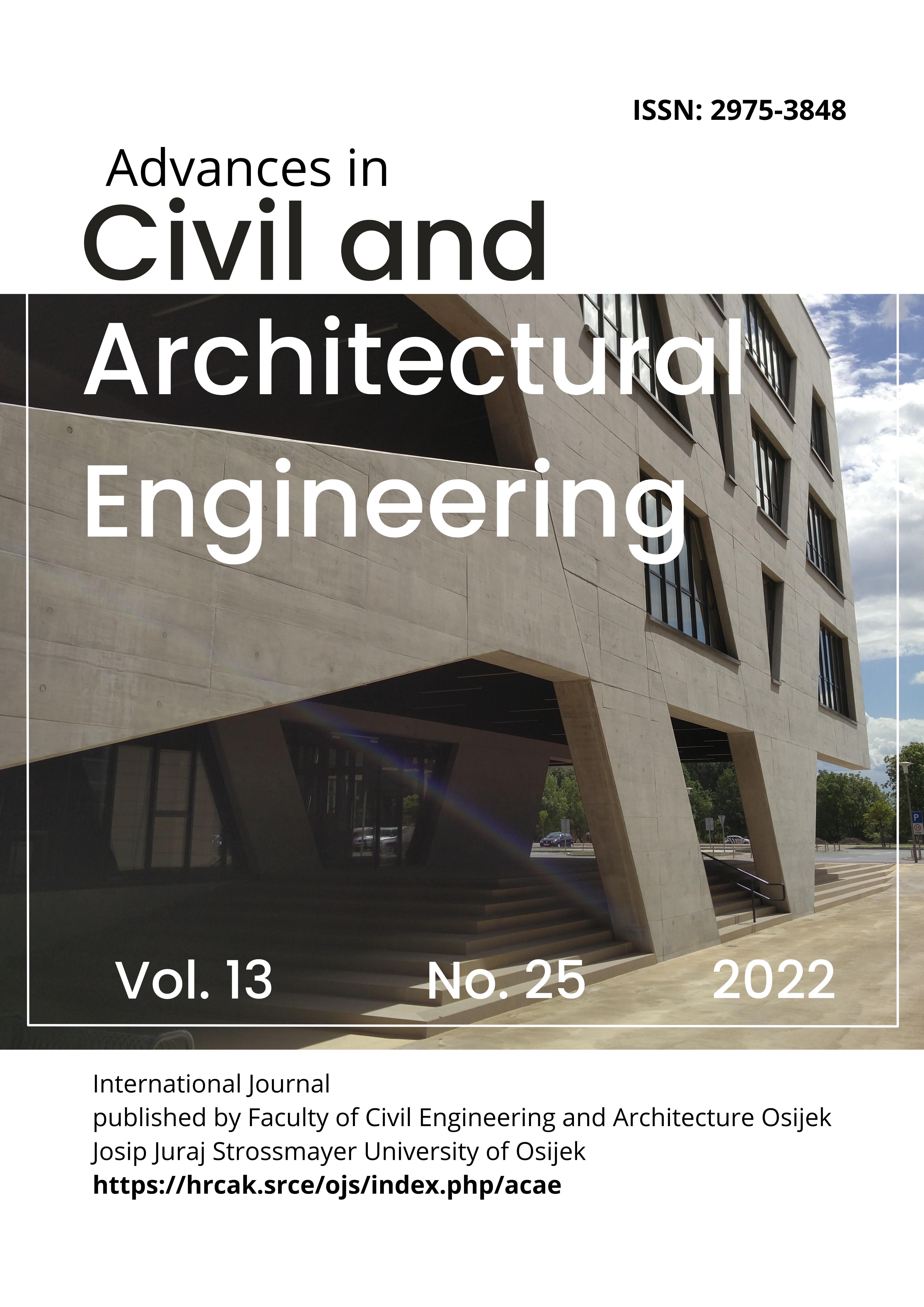A HOUSE-COMMUNE AS A SOCIO-ARCHITECTURAL PHENOMENON
Keywords:
house-commune 1; house of transitional type 2; avant-garde 3; constructivism 4; restoration 5; conservation 6; cohousing 7.Abstract
This paper discusses the importance of studying and rethinking our understanding of the constructivist architecture development history in the 1920s and 1930s; in particular, house communes. A house commune is a residential building, or often a complex of buildings that unites a residential with common areas, such as households, leisure, sports facilities, and workshops. Typically, each house commune project is individually designed, based on the needs of future residents. As a result, many innovative solutions were made in their architectural organisation, such as double-height rooms and ramps instead of stairs. In this study, the architectural and planning solutions of house communes have been investigated while considering the chronology of their development. In addition, the experience of renovation (conservation) of house communes as a method for modern urban-space enrichment is considered. The modern creation of multi-apartment housing with the organisation of common communal areas and additional service provision is investigated in the context of cohousing.
Downloads
Published
How to Cite
Issue
Section
License
Copyright (c) 2022 Marina Kramarenko

This work is licensed under a Creative Commons Attribution 4.0 International License.

